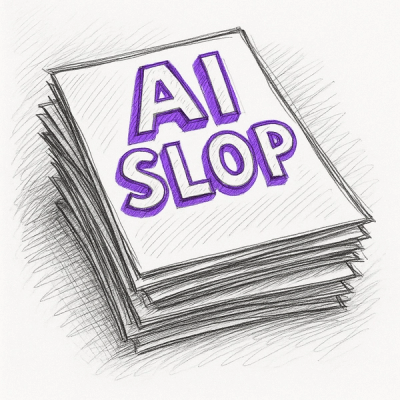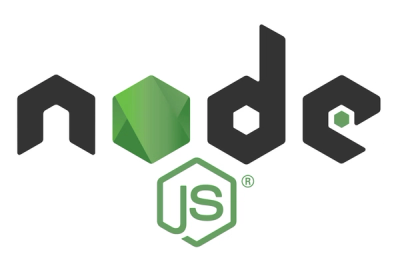
Security News
Django Joins curl in Pushing Back on AI Slop Security Reports
Django has updated its security policies to reject AI-generated vulnerability reports that include fabricated or unverifiable content.
github.com/ibm/max-ocr
This repository contains code to instantiate and deploy an optical character recognition model. This model takes an image of text as an input and returns the predicted text. This model was trained on 20 samples of 94 characters from 8 different fonts and 4 attributes (regular, bold, italic, bold + italic) for a total of 60,160 training samples. Please see the paper An Overview of the Tesseract OCR Engine for more detailed information about how this model was trained.
The code in this repository deploys the model as a web service in a Docker container. This repository was developed as part of the IBM Code Model Asset Exchange and the public API is powered by IBM Cloud.
| Domain | Application | Industry | Framework | Training Data | Input Data Format |
|---|---|---|---|---|---|
| Image & Video | Optical Character Recognition | General | n/a | Tesseract Data Files | Image (PNG/JPG) |
| Component | License | Link |
|---|---|---|
| This repository | Apache 2.0 | LICENSE |
| Model Code (3rd party) | Apache 2.0 | Tesseract OCR Repository |
| Test Samples | Apache 2.0 | Sample README |
docker: The Docker command-line interface. Follow the
installation instructions for your system.To run the docker image, which automatically starts the model serving API, run:
$ docker run -it -p 5000:5000 quay.io/codait/max-ocr
This will pull a pre-built image from the Quay.io container registry (or use an existing image if already cached locally) and run it. If you'd rather checkout and build the model locally you can follow the run locally steps below.
You can deploy the model-serving microservice on Red Hat OpenShift by following the instructions for the OpenShift web
console or the OpenShift Container Platform CLI in this
tutorial,
specifying quay.io/codait/max-ocr as the image name.
You can also deploy the model on Kubernetes using the latest docker image on Quay.
On your Kubernetes cluster, run the following commands:
$ kubectl apply -f https://raw.githubusercontent.com/IBM/MAX-OCR/master/max-ocr.yaml
The model will be available internally at port 5000, but can also be accessed externally through the NodePort.
A more elaborate tutorial on how to deploy this MAX model to production on IBM Cloud can be found here.
To build and deploy the model to a REST API using Docker, follow these steps:
Clone the MAX-OCR repository locally. In a terminal, run the following command:
$ git clone https://github.com/IBM/MAX-OCR.git
Change directory into the repository base folder:
$ cd MAX-OCR
To build the docker image locally, run:
$ docker build -t max-ocr .
All required model assets will be downloaded during the build process. Note that currently this docker image is CPU only (we will add support for GPU images later).
To run the docker image, which automatically starts the model serving API, run:
$ docker run -it -p 5000:5000 max-ocr
By default, Cross-Origin Resource Sharing (CORS) is disabled. To enable CORS support, include the following -e flag with your run command:
$ docker run -it -e CORS_ENABLE='true' -p 5000:5000 max-ocr
The API server automatically generates an interactive Swagger documentation page. Go to http://localhost:5000 to load
it. From there you can explore the API and also create test requests.
Use the model/predict endpoint to load a test image (you can use one of the test images from the samples folder) and
get the predicted text for the image from the API.

You can also test it on the command line, for example:
(using this scanned text image)

$ curl -F "image=@samples/quick_start_watson_studio.jpg" -XPOST http://localhost:5000/model/predict
You should see a JSON response like that below:
{
"status": "ok",
"text": [
[
"Quick Start with Watson Studio"
],
[
"Watson Studio is IBM’s hosted notebook service, and you can create",
"a free account at https://www.ibm.com/cloud/watson-studio. Other",
"hosted notebook services can be used to run the noteooks as well,",
"but Watson Studio offers all of the frameworks and languages that",
"are used for this book’s examples. Once you have created an account",
"and logged in, you can begin by creating a project and notebook."
]
]
}
To run the Flask API app in debug mode, edit config.py to set DEBUG = True under the application settings. You will
then need to rebuild the Docker image (see step 1).
To stop the Docker container, type CTRL + C in your terminal.
FAQs
Unknown package
Did you know?

Socket for GitHub automatically highlights issues in each pull request and monitors the health of all your open source dependencies. Discover the contents of your packages and block harmful activity before you install or update your dependencies.

Security News
Django has updated its security policies to reject AI-generated vulnerability reports that include fabricated or unverifiable content.

Security News
ECMAScript 2025 introduces Iterator Helpers, Set methods, JSON modules, and more in its latest spec update approved by Ecma in June 2025.

Security News
A new Node.js homepage button linking to paid support for EOL versions has sparked a heated discussion among contributors and the wider community.